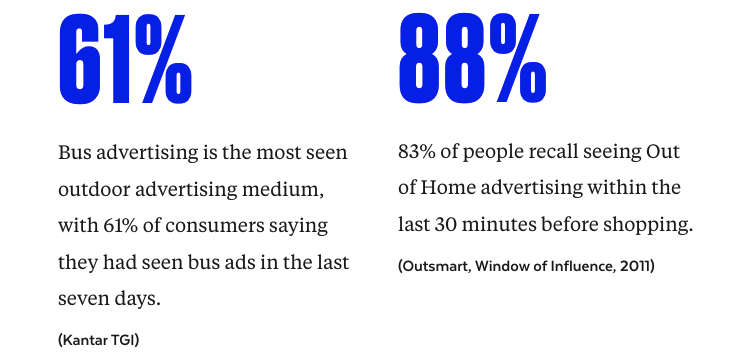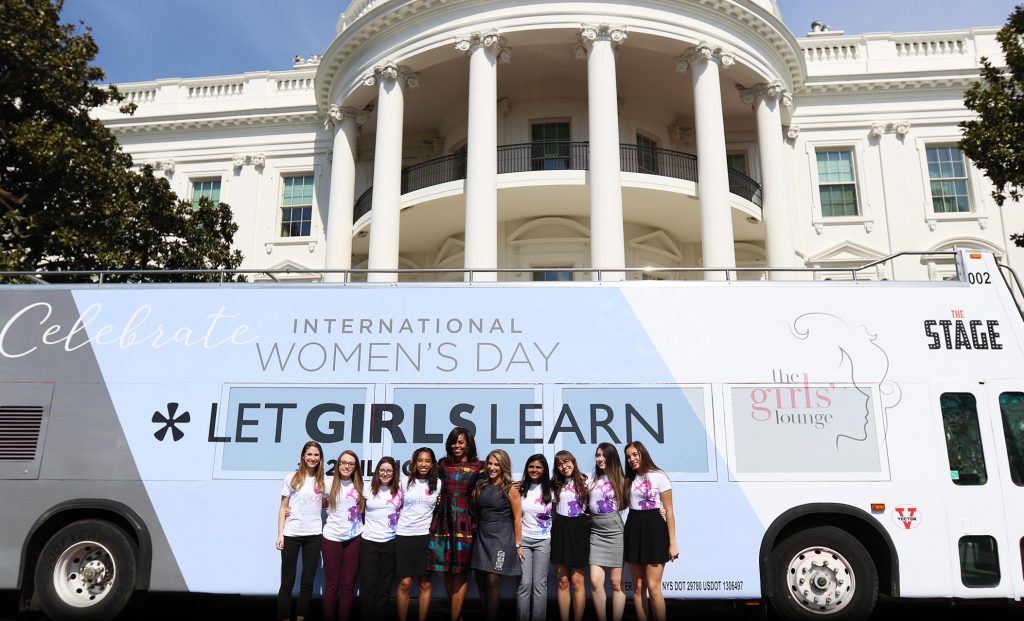You’re a business owner that needs your advertising to be beautiful, effective, moving, impactful, persuasive — and to produce an ROI that allows you to grow your business.
Or you’re a marketer, building a business that needs their advertising to be beautiful, effective, moving … (you get the point).
Let’s take a look at three simple steps sure to create an emotional connection that makes people feel good about your brand.
1. Construct a Brand Story
No one feels good about a “me” monster: “Our product is the most sophisticated, upstream, mobile, vertical solution for companies with elevated IT constraints.” That’s blah, fake, me-me-me fodder; like the Speed Dater that spends the entire :60 talking about himself, no real-life bond will ever come of it.
Instead, connect with me and talk with me like I’m a real human. Because I mostly am.
Relate to me first. Make me feel understood.
Then, tell me what you stand for.
Tell me what you stand against.
Tell me what’s special about you, but only to show me how that “special” will solve my problem or make my day better.
If you can do that, you’ll have yourself a beautiful, digestible brand story.
2. Take One Road, All The Way
If two roads diverge in front of us, don’t try to travel both. In the marketing world, there are seventy-two different opinions on how to spend your money. But there’s one thing most of those opinions would agree on: whatever you do, do it really well.
In today’s high-noise world, picking a road (medium) where your brand story can stand out and you can own a large share of voice is more important than ever.
It doesn’t have to be the biggest, most popular road. In fact, those are often the roads you get lost and squashed on. It simply needs to be the best road to tell your story – and the one you are certain can be owned. If you’re a company with deep pockets and the the ability to stretch that share of voice across a bunch of mediums, great. But don’t think about road #2 until you’ve taken road #1 correctly.
3. Choosing the Right Canvas
Here’s where it gets interesting. You have a brand story that humans connect with, a strategy for communicating that story, now… what canvas do we choose? It wouldn’t take much Googling to find hundreds of articles on “the three standards” of traditional advertising: Television, Radio and Print. However, those aren’t the only roads that exist and, in our high-noise world, those traditional mediums have never been more cluttered.
So below are a few alternative options that are fast-growing in opportunity for large brands and for not-so large brands that have to get a return for their advertising spend. In fact, these two advertising formats are the quickest growing nationwide in terms of media share.
High-Impact Out-of-Home
There are many forms of new, high-impact Out-of-Home. But, as an example, think: Digital Double Deckers that crave attention at street-level in front of a captive audience. LED illumination, digital motion, custom extensions. You can even activate your bus with custom routes and locations. At Vector, we made our name by creating impactful stories on impossible-to-miss Double Deckers. And with recent Geopath validation, we believe in this dynamic format more than ever.
Experiential
Experiential marketing is engaging customers in context and on-location through meaningful connections,
multi-sensory engagement, social share-ability, and good ol’ fashioned moments to remember.
Think Activations Like:
- Product Sampling
- Virtual Reality + Projection Mapping
- Social Media Influencers
- Custom Production & Fabrication
- Food Trucks
- On-Site Digital Double Deckers
- Glass Trucks
- Brand Ambassador Teams
Think: A level of intimacy between your brand and your target consumers that could never be achieved through anything but an emotional experience.
Combining Mobile Retargeting + OOH to Drive Action
One of the primary reasons OOH advertising has caught fire again is the availability of new data that never existed before the mobile device. A device in every pocket means that advertisers can better understand who is viewing OOH placements, when they are viewing, and what they do after viewing. Here at Vector, one of our favorite applications of this data is mobile retargeting.
It works like this — Johnny is downtown for meetings on a Tuesday and is within proximity of a couple of large billboards from Brand A (a quickly growing online T-shirt company). Brand A is able to use geolocation data with Vector and, knowing that they have made a couple of “Wow Factor” impressions, now retargets Johnny with some follow-up ads. The digital ad units reinforce the core concept of the large OOH placements (an exciting new line of shirts), but with a more digital specific message i.e. “Shop our summer styles and take 20% off this week only.” Johnny saw the billboards, thought the new product line looked pretty top-of-the-line, and now is eager to do some shopping online with his new 20% discount. Voila.
Construct your feel-good brand story.
Create a plan on how to tell that story.
Choose a canvas that shows your story in a way that can’t be ignored.
When you need a partner to help tell your story on these exciting canvases, you might be glad you took some time to chat with the team here at Vector.


